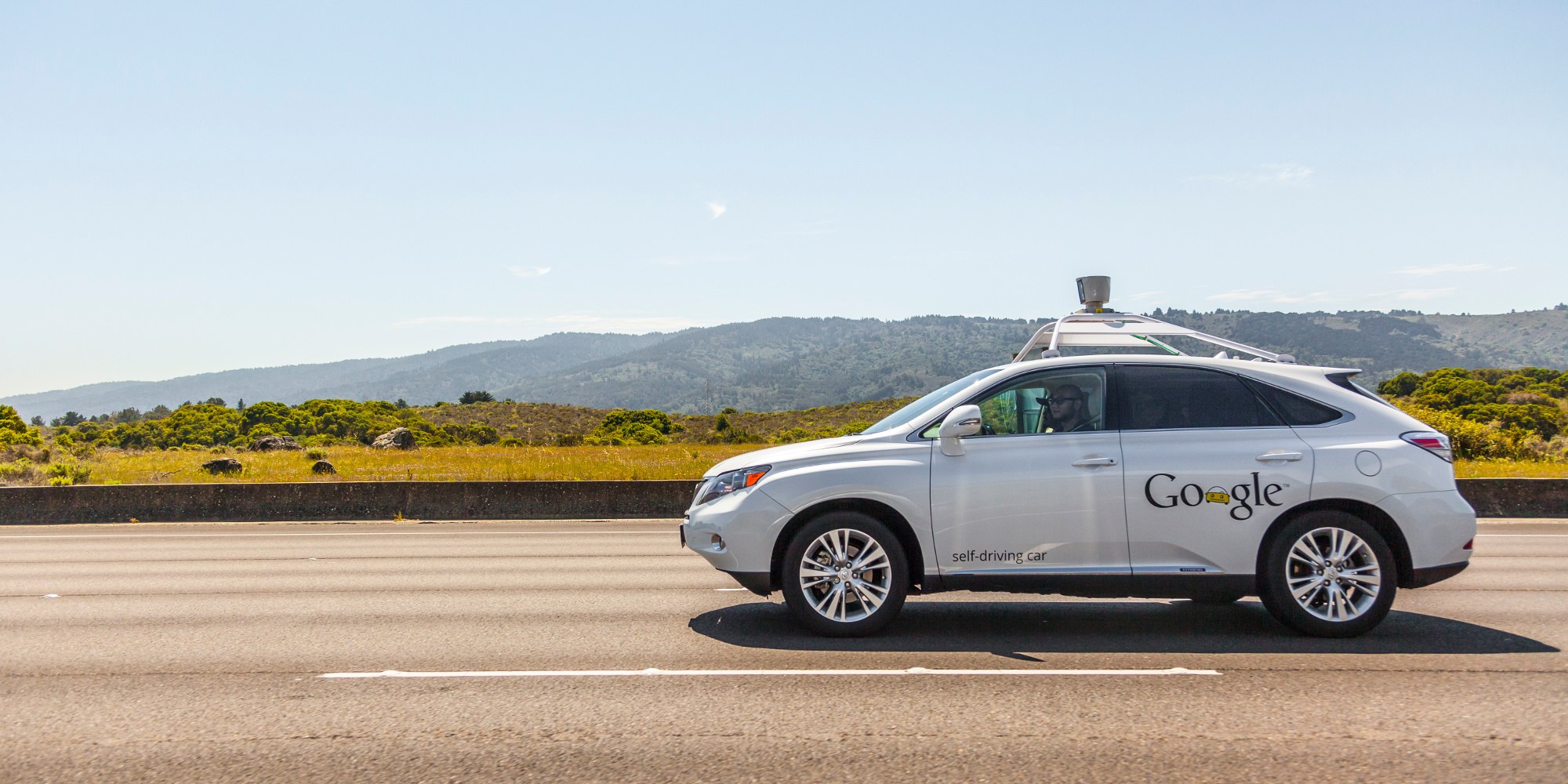
Artificial intelligence
Will machines really outsmart humans?
11th May 2017
Ray Kurzweil, Google's director of engineering, has predicted that by 2029, computers will have completed the 'Turing test' of a machine's ability to exhibit intelligent behaviour equivalent to, or indistinguishable from, that of a human.Elon Musk has warned there is a very real prospect of machines becoming smarter than people and that it is one we should be taking more seriously.
His latest response has been the launch of start-up, Neuralink, which is taking a new approach to harnessing artificial intelligence by building devices to connect the human brain with computers.
Exploring a range of new possibilities, from repairing brain injuries to sharing thoughts and experiences 'brain to brain', this seems to many to be very much the realms of science fiction – or else headline-grabbing PR for Musk's latest venture.
However, there is no doubt that in recent years, artificial intelligence (AI), the capability of a machine to display cognitive functions, such as learning and problem solving, has certainly advanced.
Capabilities that are currently classified as AI functions include successfully understanding human speech, self-driving cars and interpreting complex data.
Although robots are smarter than they've ever been before, can they really challenge human intelligence?
Understanding human speech
Understanding human speech is one area where AI is aiding robots to match people. Microsoft's AI technology has now reached a level of 'human parity' and can recognise speech on the same level as human transcribers, with an error rate of approximately 5.9. This advancement in AI, which is set to reach an error rate lower than that of humans, is paving the way for transcription services to be replaced by robots. Google's autonomous vehicles and Tesla's semi-autonomous cars are driving on city streets today
Google's autonomous vehicles and Tesla's semi-autonomous cars are driving on city streets today
Self-driving cars
Advances in sensing technology and machine learning for perception tasks have spurred the progress of self-driving cars in recent years. As a result, Google's autonomous vehicles and Tesla's semi-autonomous cars are driving on city streets today.Google's self-driving car project – now known as Waymo – has logged almost three million miles, mostly on city streets, and Google aims to have fixed issues caused by uneven roads or other drivers by 2020.
With new driverless car projects launching regularly, led by both manufacturers and governments, it is now widely considered that driverless cars will eventually become the mainstream, offering a safer way to drive and promising to dramatically reduce road traffic accidents.
Interpreting complex data
Rather than processing details as inputted in traditional data forms, AI can also adopt a more natural approach to collecting customer information, using natural language processing. Natural language processing enables robots to learn about the speaker the same way that humans do: through conversation. Robots are able to integrate knowledge with big data and automatically apply it to necessary fields, databases and other sources at sub-second speeds, more quickly than humans when searching for answers or facts in a conversational format.
Why AI hasn't passed the Turing test (yet)
Whilst areas of AI, including understanding human speech, self-driving cars and interpreting complex data, have advanced in recent years, none of these systems have been able to pass the Turing test and thus exhibit 'human-like' intelligence. One explanation for this is that to date, AI has typically been applied to one scenario at a time, whether self-driving cars or AlphaGo. To a certain extent, it has therefore remained one-dimensional and incomparable to what is normally understood by human 'intelligence'.
Early attempts to create computer programmes that simulate human conversation using AI - sometimes referred to as 'chatbots' - have fallen short due to their inability to deal with content outside pre-programmed prompts.
And Microsoft's creation of a bot that could 'learn' beyond its initial parameters had to be quickly withdrawn when Tay started emulating the racist, misogynistic language it encountered.
This cautionary tale has encouraged other commercial applications to limit bots to pre-programmed scripts. In the world of insurance, this is equivalent to a bot responding to specific queries, such as 'what's my no claims discount?' but not likely to resolve more complex customer scenarios.
For the time being, the prospect of robots being able to converse in the same way as humans therefore seems distant.
Nonetheless, with the significant progress already made in the field of AI, perhaps few would dare to bet against Kurzweil's prediction ultimately being realised.
© 2024 Cheshire Datasystems Limited
Top Employer

